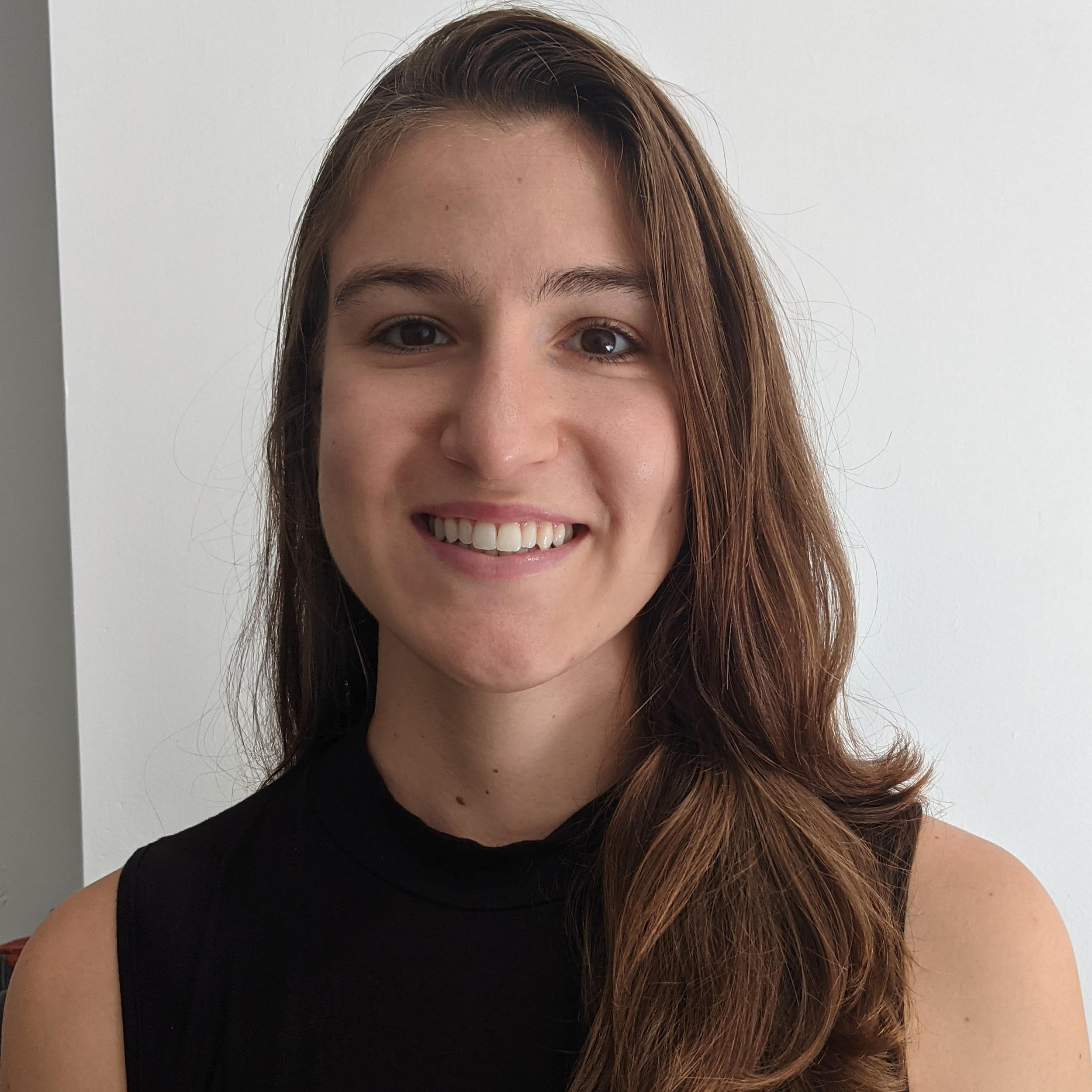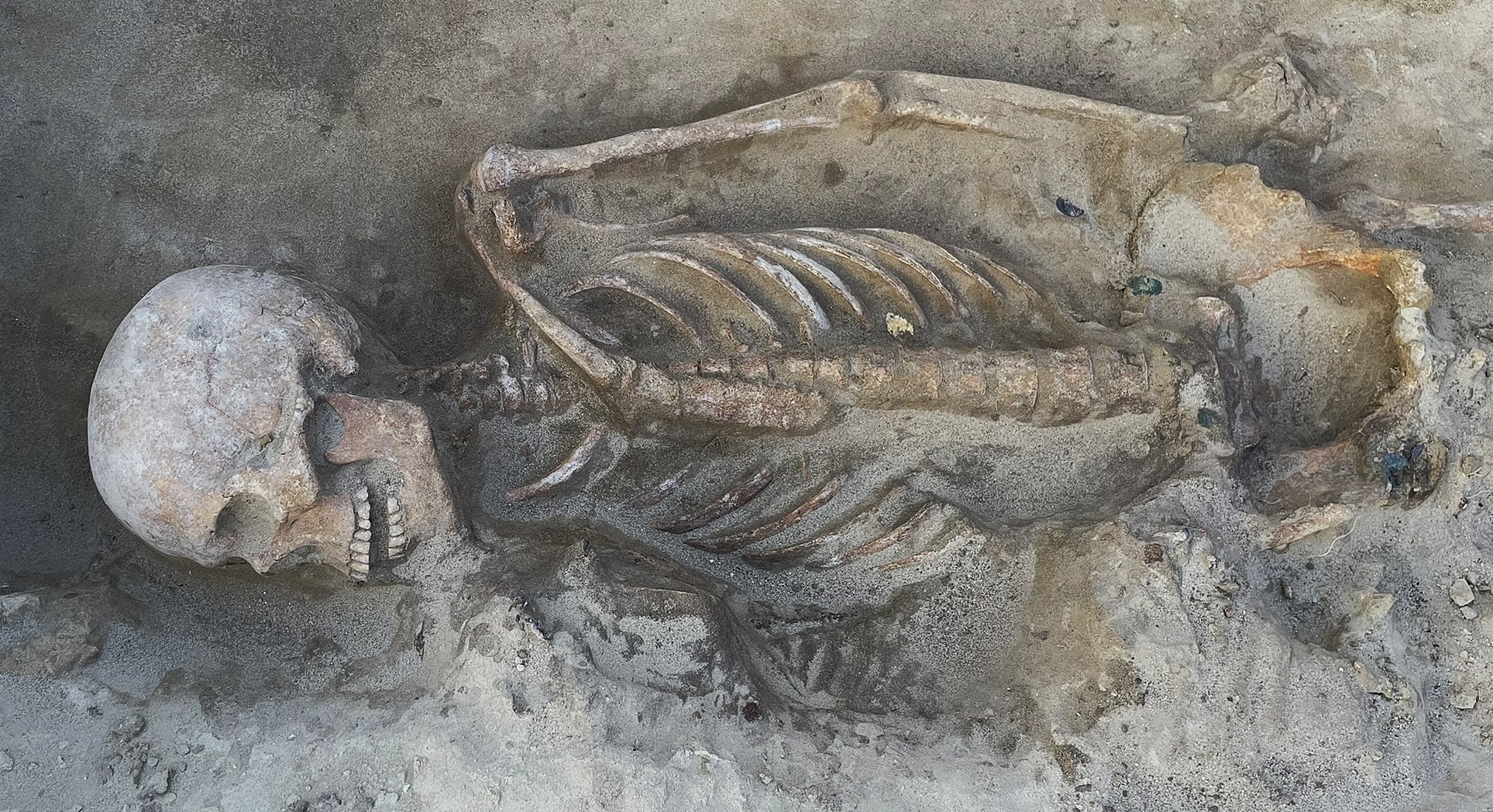How much can your stomach expand after a big meal?
The stomach can grow in size after you eat, but by how much?

After digging into a delicious meal, you might realize that your pants' waistline feels snugger than before. But why does that happen? How much can the stomach expand after a big meal to accommodate all that food?
An empty adult stomach starts as a folded pouch about the size of a soda can — 0.5 liter (16 ounces) — and during a meal it can grow to the size of a 2 liter (0.5 gallon) plastic soda bottle, Dr. Arthur Beyder, an associate professor of medicine and physiology at the Mayo Clinic, told Live Science.
"It will quadruple or more in size," he said. For most adults, this means the stomach can hold between 0.25 and 0.5 gallons (1 and 2 liters) of food and liquid, depending on their age and body size. In extreme cases, such as in competitive eaters, the stomach can expand to hold 1 gallon (4 liters), Beyder said.
A 2018 study published in the journal Gastroenterology recorded a competitive eater who came to the emergency room after eating so much food that his stomach distended, compressing his pancreas and pushing aside his bowels. After five days in the hospital, the man was able to pass gas and have bowel movements, meaning he could be discharged.
More often, though, overeating occurs during social meals like Thanksgiving, or when someone is stressed or distracted while watching TV, Dr. Benjamin Levy, a gastroenterologist at University of Chicago Medicine, told Live Science.
"They're preoccupied, and before they know it, almost all of a sudden … they're overly full because of that," he said.
Related: What happens when you hold in a fart?
Get the world’s most fascinating discoveries delivered straight to your inbox.
Human hunger is stimulated by the hormone ghrelin, which is produced mainly by the stomach, but also in the brain, small intestine and pancreas, according to the Cleveland Clinic. This hormone is released when the stomach is empty so it can alert the brain that it's time to eat.
Once someone starts eating, food travels down their esophagus and into the stomach. The stomach has folds, called rugae, that allow the stomach to expand and accommodate incoming food and liquid, Levy said. As food enters, the stomach releases hydrochloric acid and digestive enzymes. The organ also begins to churn, in order to break down food into smaller pieces so that nutrients can later be absorbed in the small intestine, he said.
The stomach is made of smooth muscle, which can tighten and hold contractions for an extended period of time, even after stretching. This allows it to make room for more and more food.
"It's kind of like a rubber band," Beyder said. "You pull on it and it'll spring back." This is called myogenic tone, which controls how much tension the stomach has. Stomach tension is communicated to the brain via the vagus nerve, which runs from the large intestine to the brain, according to the Cleveland Clinic. This is just one pathway by which stomach fullness is reported to the brain, Beyder said.
There are also hormonal changes that tell your brain when it's time to stop eating. The hunger hormone ghrelin decreases, while other hormones signal satiety to the brain and reduce your appetite. When someone overeats, it means they may have ignored these signals or eaten so quickly that the hormones haven't had enough time to tell their brain they are full, Levy said.
The trick, said Levy, is to slow down. "Sit there and talk for 15 minutes before you go back for seconds," he said.
But if you do find yourself feeling too full at the dinner table, there are a few things you can do to relieve the discomfort of overeating. First, don't lie down. That may create acid reflux, Levy said. Instead, he recommends going on a walk. This can stimulate digestion and motility, or the movement of food through the digestive system, according to UC San Diego Health.
While the stomach may be designed to expand and hold a cornucopia of food, you'll feel better if you don't overeat, Levy said.
"Leftover Thanksgiving food is amazing, so you don't have to eat everything the first time," he said.

Hannah Loss is a science journalist based in Boston. She covers the environment and has written for Scientific American, Sierra and Inside Climate News. Hannah graduated from Tufts University with a B.A. in English and environmental studies. She received a Master's degree in journalism from NYU's Science, Health and Environmental Reporting Program.



